How I Helped a Coach Generate $24,000 with Just 5 Emails (from a tiny 4000 email list) in 2024
Selling high-ticket coaching in 2024 is hard. The current economy has made potential clients wary and skeptical. That makes them less open to trying new solutions even if they have a dire problem.
But even in these circumstances, I helped Adriane, a coach who helps women cut their migraine:
✅ book her calendar with highly qualified leads
✅ double her enrollment to her high ticket offer
✅ increase the price of her high ticket;
Here's what Adriane said after this experience:
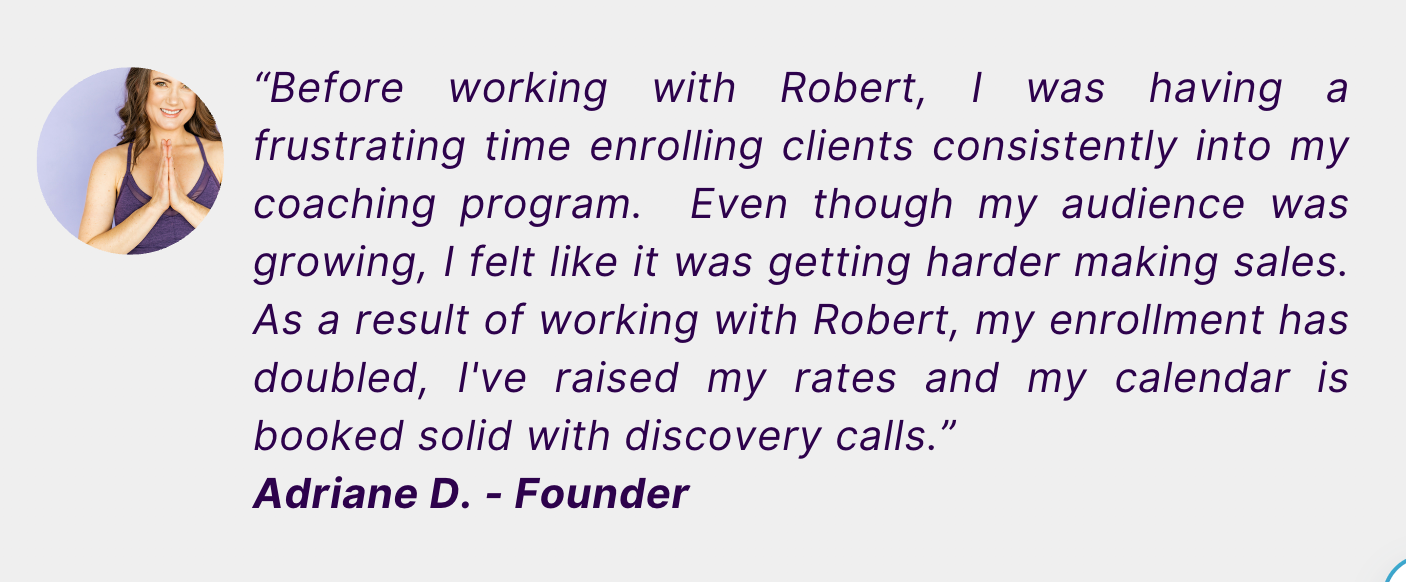
Experience my email selling strategy firsthand 👇
I'm about to show you a process – a series of steps. If you skip one (or more), I promise you won't see results like this (heck, you might not see any results whatsoever).
Let's dive in.
Step numero #1: Uncovering the problem
A common challenge I see with my clients is they're too invested to realize where the problem is. Adriane was no exception. Coming in with fresh eyes, I almost immediately saw one big problem.
But I still audited Adriane's business. I spent a few hours evaluating her entire marketing:
- Website
- Social media (Instagram and just a few videos on YouTube)
- Email list (barely 4,000 subscribers)
- Facebook community (slightly bigger than the email list)
- Existing offers sold to her audience (in total 2 offers);
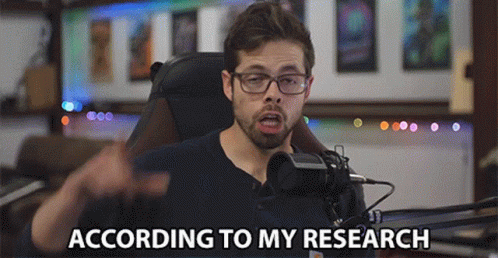
That's how I uncovered two additional problems (three in total).
Here they are:
1. Positioning was based on a lot of FREE stuff
When I started working with Adriane, she had just wrapped an intensive and financially defeating 5-Day challenge. This is how the challenge worked:
- The entire challenge was free (1) to attend.
- Whoever registered would get daily free (2) lessons.
- Whoever attended the daily Yoga lesson would enter a free giveaway (3) from one of her sponsors.
- Every day, she provided discount codes for various products from her sponsors.
- Plus, in the end, one of the attendees who joined every day would get a free (4) 8-week 1:1 coaching with Adriane (this was financed by one of her sponsors).
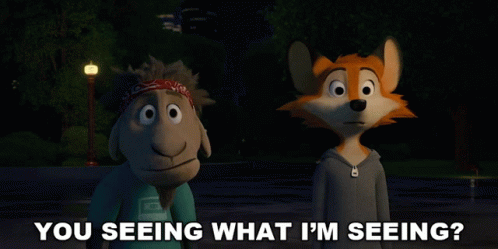
Put simply, any attendee who joined the challenge got at least four free things worth up to $5,000. PLUS every day attendees received multiple discounts on expensive products from the sponsors.
"What does that mean, Robert?"
It means she hit them with free stuff for five consecutive days. Every day, without any effort, whoever attended received something FREE. Couple that with daily discounts and you have FreeFiesta (I just came up with the name).
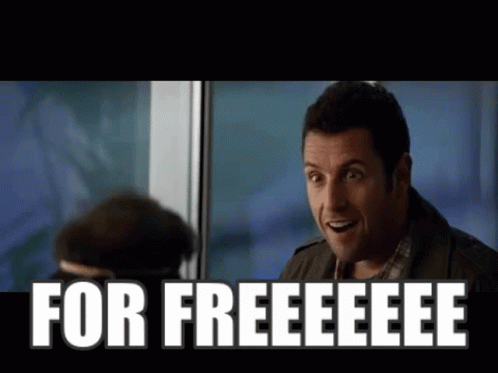
But here's one thing you might not have caught. Adriane also promoted her sponsor's products (that's what the discounts were for). You see, my dear Frodo... I mean, Padawan (sorry, wrong universe), each product she offered cannibalized her high-ticket offer in three ways.
- Her sponsor's products were below $100, while Adrien's is in the $3,000+ bucket. This means her audience subconsciously compared her sponsor's $100 product to her $3000 coaching (sponsor's products help solve/alleviate the same problem).
- Whoever purchased her sponsor's product meant they had $100 less for her high-ticket coaching. So, if someone was on the fence, they thought, "I just bought this new $100 item. I should first try this before committing to something different."
- Every product the audience was offered was also a decision. When you repeatedly force your audience to make decisions, you tire them. They're fatigued. Maybe stressed. But they're not in a buying mindset when you reach them at the end of the fifth yoga session after seeing many different products (30 times cheaper) promising to help with the same problem.
Beyond that, whenever she invited people to book 1:1 calls with Adriane, she was 'selling' them on the promise they're FREE. Imagine coming on the call with that expectation only to be sold an expensive, high-ticket coaching.
That, along with FREE weekly video yoga lessons in her Facebook community (which was promoted everywhere), brings me to problem number 2.
If you want to get more tips like this, consider subscribing below.👇
2. How her solution works was deeply buried
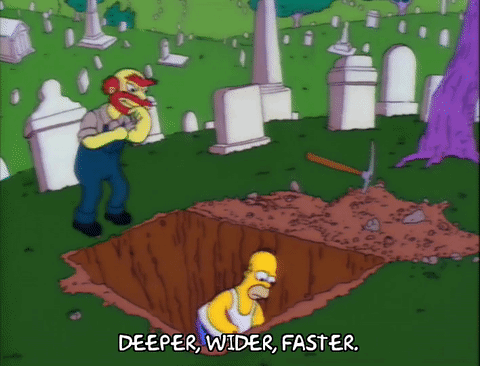
Adriane has years of Yoga experience. She has used Yoga to help her tackle her migraines for years. But yoga is a side tool in her solution. Yet her audience believed yoga was the vehicle* that would help them eliminate daily migraines.
Do you know a Yoga teacher who charges thousands of dollars for eight Yoga sessions? Me neither. Yet Adriane allowed her high-ticket coaching to be compared with a $20 Yoga class.
But even if someone didn't feel like parting with $20, they could always go to YouTube. Dozens of world-class yoga channels can show them how yoga can help alleviate migraines and headaches for FREE.
This means Adriane's solution was commoditized.
Let's now see how all this got reflected in the offer.
3. Easy to ignore offer
Whenever I see an offer that is easy to ignore, I act like Mr. Bean here. The audience does the same.
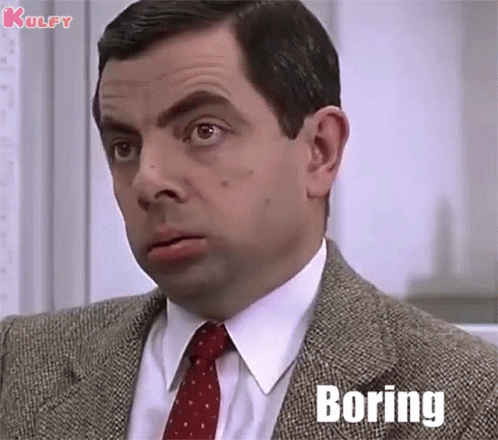
This was somewhat a result of the previous two problems. But also, her offer didn't have a tangible promise. People couldn't point a finger and say, "Hey, this is what I'll get," except for a very expensive Yoga lesson.
Couple that with an unclear outcome (since these stem from the promise), and you will have a shadow of what an offer should look like.
But beyond that, there was no proper urgency in the offer. And if someone somehow decided that he wanted it but had doubts... There was no guarantee whatsoever.
This meant the entire offer was easy to ignore. As soon as people left that page, they forgot about it.
So, to sum up, these are the challenges (and in the context in which she was selling it) Adriane had even before writing one word of copy:
- no tangible promise
- no clear outcome
- no urgency
- no guarantee
- audience used to FREE stuff
- commoditized offer
- wrong delivery vehicle
- customer decision fatigue
- too many offers in a short time span
- her high-ticket coaching was compared to $100 (and cheaper) products
But one good news from all this was that we knew what needed fixing.
Step numero #2: Fixing the messaging (and positioning)
Knowing what we know from step #1, let's see how I flipped things around and helped Adriane generate $24,000 with 5 emails.
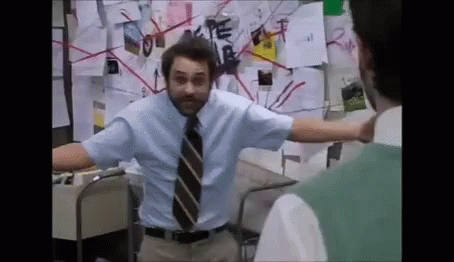
1. Stop giving everything for FREE
Many business owners believe giving stuff away for free is how they should provide value. Most likely they heard that's how you build a relationship with your audience.
Here's what I think about it:
FREE has no value.
— Robert Shushich (@RobertShushich) July 20, 2024
Bonuses and gifts on the other hand are great!
There's nothing wrong with providing value to your customers. Right now, I'm providing value. It's free. This isn't bad or wrong. But, it fits in the context because this is an article on my website. Articles like this are usually free to read. Given this context, pitching you a $2,000 course on how to write email campaigns like this wouldn't seem appealing, would it?
But if I say...
Wanna get more similar copywriting and marketing tips daily in your inbox? Then consider subscribing below. It's FREE.
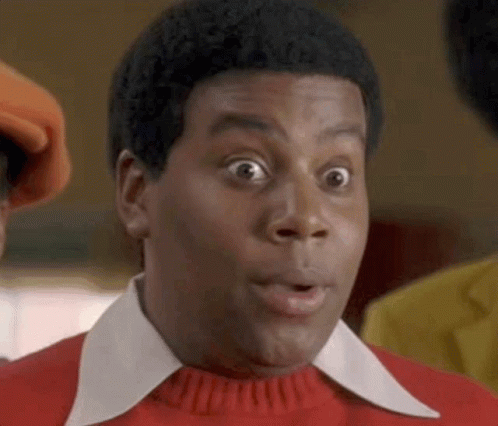
See, I'm putting this article (free to read) in the same category as my email newsletter (free to read). You have a good idea of what to expect. It's a good trade-off for me.
When you join my email list, you'll quickly discover I don't promote free things. I provide value, but it's different (for you to see the difference, you'll need to subscribe above).
But back to Adriane's positioning: she was always coupling expensive and free.
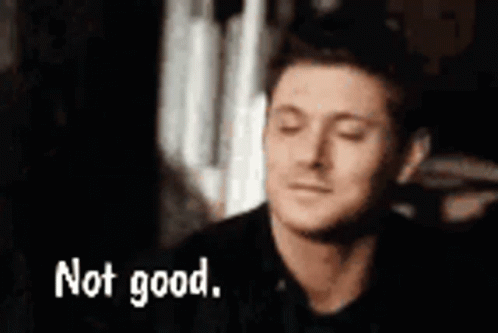
So, we separated the sales pitch from what she gave for free.
That meant Adriane kept giving free yoga group lessons to her community on a biweekly schedule. But there was a mile between this and the email campaign. This is a good intro to the second fix we introduced.
2. Flesh our her unique differentiator
As I told you already, Yoga is a feature of her solution. But the real thing that helps her clients is Pain Reprocessing Therapy (PRT). Adriane is a certified PRT practitioner and has never mentioned it in her messaging.
Actually, I'm lying; it was buried in one of the pages on her website that even Google doesn't crawl anymore (yet I found it!).
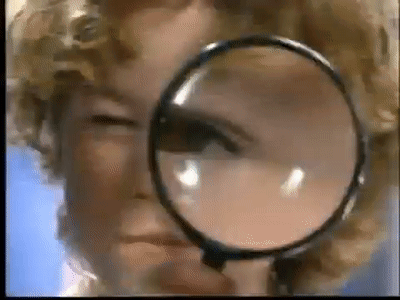
Compared to all the other people out there who solve migraine with medicine and God knows what else, no one is using PRT (based on my knowledge). When you find a gem like this, you know you can put your client in a category of one.
While I wish I could tell you, there's an easy process to uncover stuff like this... There isn't. You need to know the product, anything that helps build authority in the coach and the entire industry.
It takes hours, days, and weeks, sometimes in more saturated niches. But it is necessary if you want to avoid your solution to be categorized. It's rewarding when you discover it because it makes your job easier.
From this point forward, we used PRT (instead of yoga) in every copy we produced. But we didn't stop there.
3. Crafting an irresistible offer
This one will be easy. But it was only possible because of my exhaustive work done in steps #1 and #2 above.
Here's how we updated the offer:
First we increased the price by 15%.
Since we were in a category of one (because of PRT) our solution could be positioned as more exclusive. No one was offering anything similar to our audience.
But also, increasing your price works subconsiously, as advised by the legend David Deutsch.
Never test a lower price without also testing a higher one.
— David Deutsch (@ddeutsch) July 19, 2024
It may seem counterintuitive, but a higher price can:
1. Increase perceived value
2. Attract less price-sensitive customers
3. Trigger curiosity ("Why so expensive?")
The great designer Mies van der Rohe famously…
Second, the offer evolved from evergreen into a cohort.
That means we had a start date and a date by which we accepted new customers. We used both deadlines to help us create legitimate urgency in our messaging.
Third, we promised customers that their migraines would be cut by 50% during the 8-week program.
Based on previous customer experiences, we found this to be a tangible promise we can make. And even that was a conservative promise. Most clients saw improvements within the first two weeks. Some clients even went from daily migraines to one or two migraines a month.
But making such an aggressive promise in a highly aware market would feel fishy. So we toned it down.
Ultimately this allowed us to tie the promise with a guarantee. With that, we overcame the last hurdle people had about joining the high-ticket program.
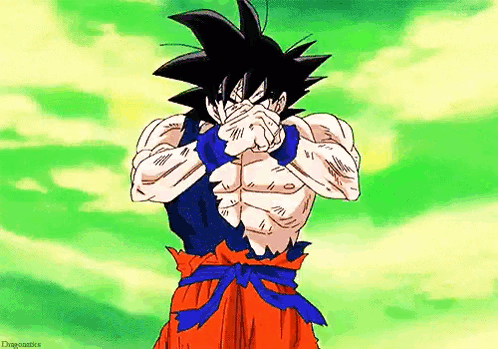
The above changes helped us solve (highlighted):
- no tangible promise
- no clear outcome
- no urgency
- no guarantee
- audience used to FREE stuff
- commoditized offer
- wrong delivery vehicle
- decision fatigue
- too many offers in a short time
- her high-ticket coaching was compared to $100 (and cheaper) products;
Only four to go.
If you want to get more tips like this, consider subscribing below.👇
Step numero #3: Crafting The Email Campaign (finally!)
By now I hope it's becoming clear how much work comes before writing copy. In fact, if we were to write copy without fixing the above, we wouldn't have gotten nearly half of the results.
That goes to say how important it is to build proper foundations before writing a word of copy. That being said, good copy enhances your brand and your offer in the same way that Magic Mushroom transforms Super Mario into a badass.

Email Campaign Structure (3H)
We had three main phases during the email campaign. We sent just five emails offering people to book a call (phase 3). However, we had two emails the week before we opened the application process (phase 2). Plus, two emails before that as part of the weekly newsletter (phase 1).
The math works out like this:
- Phase 1: two newsletters hinting at the new cohort only in the P.S.
- Phase 2: two emails announcing there will be a new cohort
- Phase 3: five emails inviting people to book a call;
Phase 1: Hype
During the hype phase, we tease the audience. We give the audience a vague idea of what will happen without telling them what it really is.
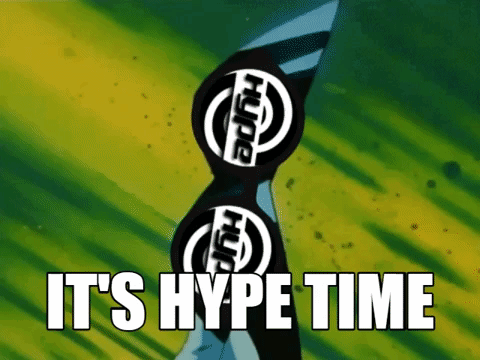
We want as many people to follow the launch as possible. We're not selling in this phase. We're just raising awareness. We want to build curiosity.
Think of it as the trailer before the movie is out. You see some amazing scenes, but the whole plot is kept secret.
Phase 2: Heighten
In this phase, we start raising the temperature. We start painting a very real, visual, painful picture in their mind about the problem we'll be solving. We want to remind them about their problem.

In our case, Adriane has lived through migraines for almost 20 years. So, she had an arsenal of personal stories to share. That's what we did.
Phase 3: Harvest
This is the phase when we sent five emails that generated $24,000.
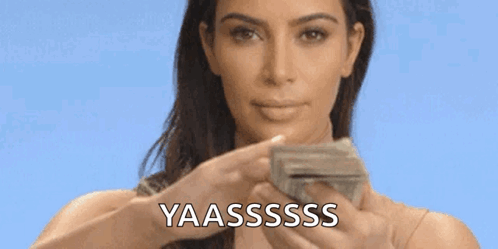
In every email, we asked people to book a call. Similarly to phase two, we focused on stories and referencing painful experiences. But we were asking people to go to a landing page to discover what they need to do (book a call with Adriane) to get rid of daily migraine.
Before I tell you what we had on the landing page, I want to highlight the hidden fourth phase of the email campaign.
(BONUS) Hidden Phase 4: Hail
When you close the doors to your program, you should remind people of the opportunity they lost. One way to do this (and the best) is to share testimonials, first reactions, and anything that shows what they've said no to.
Back to the landing page now. We had a 15-minute video sales letter (VSL) on it. The VSL provided all the details around the offer, such as:
- promise
- guarantee
- delivery vehicle
- unique mechanism
- miscellaneous questions
- asked them to do just one thing
- what to expect and how it works,
Now, why did we have a VSL?
Adriane is great on camera! She has a very good vibe, and when she spoke, it didn't feel like she was selling. Her audience is also used to seeing her on video. All in all, it made the whole campaign even more congruent.
The result?
An evergreen upgraded offer that converts 72% of warm leads! Now, all our effort on the next email campaign (we're currently working on it) is to get more people to book a call.
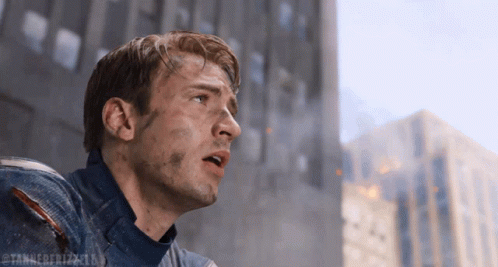
Frequently Asked Questions (FAQ)
Let's cover a few questions I know you might have.
How did you segment the 4k email list to ensure the emails reached the right people?
We didn't segment the list except exclude past buyers. Why? Because Adriane has a pretty clean list with nearly 60% open rates. Her main challenge was the click-through rate, which we improved with the copy.
Is this strategy replicable for other types of businesses or industries?
Yes, you can use it as long as you do the research properly. What I've shown you above works because it's a strategy, not a tactic. Tactics may be more industry-dependent, but strategies tend to have wider applicability (aka transcend industry limitations).
What email platform did you use to send the emails?
Adrien has her list on ConvertKit, just like I do. The nearly 60% open rate is influenced by the good ConvertKit servers. At the moment, you can get a ConvertKit account for free for up to 10,000 subscribers. It's a wild offer; you can check it here.
Can you help me with my email or marketing?
Sure, you can book your Breakthrough Call here. We can then pick it up from there. Alternatively, if you're a subscriber, you can contact me at my email and we chat more about it before you book a call.
How can I learn more about email campaigns, copywriting and marketing?
You can discover more through my daily emails. You can subscribe below.👇
Member discussion